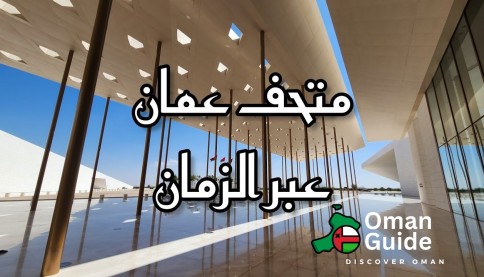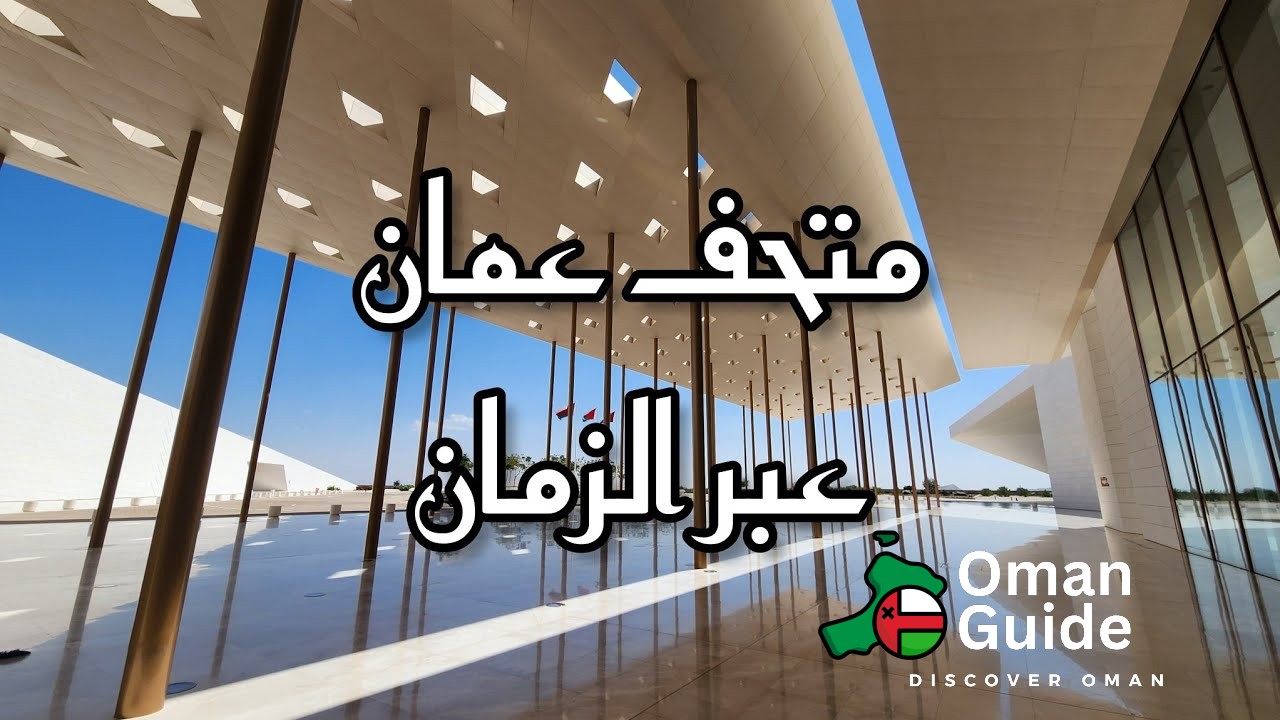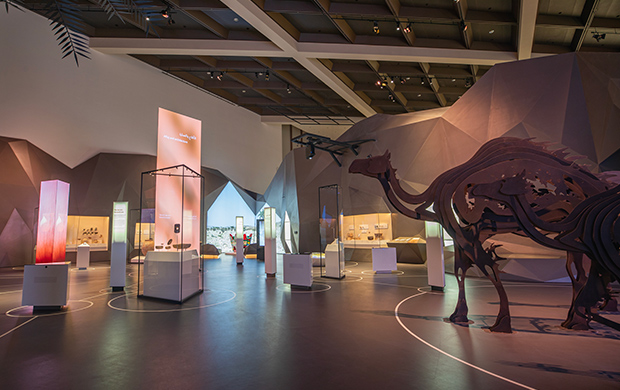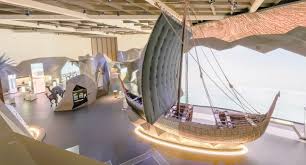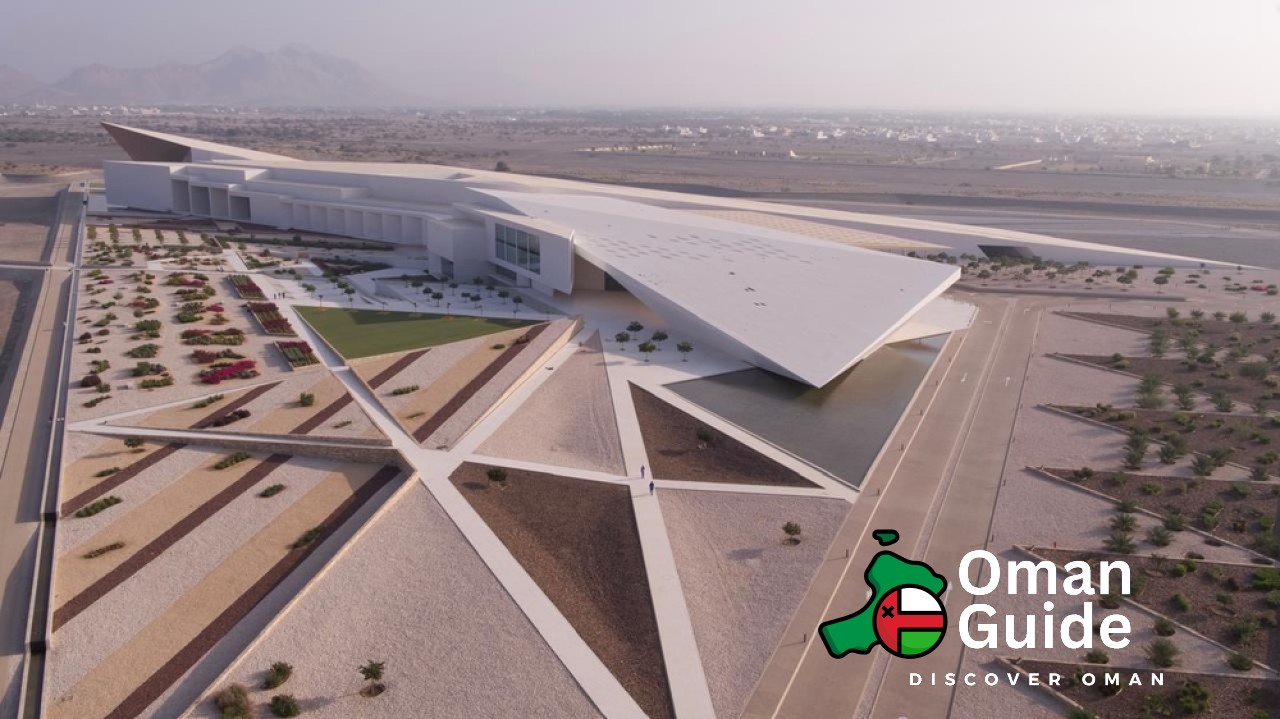Oman Across Ages Museum
- Purpose
- Sightseeing
- Type
- Sights
- County
- Ad Dakhiliyah Governorate
- City
- Manah
Share links
Description
The Oman Across Time Museum (OAAM) in the Wilayat of Manah, Ad Dakhiliyah Governorate, documents the history of Oman spanning approximately 800 million years. The museum seeks to highlight the various historical eras witnessed by the Sultanate of Oman, such as its geology and early inhabitants, all the way to the Blessed Renaissance and its various achievements in various sectors. It also aims to anticipate the future in line with the aspirations of the Sultanate of Oman.
The foundation stone of the museum was laid by His Majesty Sultan Qaboos bin Said (may God rest his soul) on July 14, 2015, in the Wilayat of Manah, Ad Dakhiliyah Governorate. It covers an area of approximately 300,000 square meters and a building area of approximately 66,591 square meters. It was officially inaugurated by His Majesty Sultan Haitham bin Tariq Al Said (may God protect him) on March 13, 2023. Designed in the shape of the Al Hajar Mountains, the museum represents the Omani environment with its unique geographical details.
The project's founders aimed for the Oman Across Time Museum to be an iconic building representing the Renaissance era in both structure and meaning, translating Omani architecture in a contemporary style, unique in its engineering, construction, and building materials. The project's design concept was inspired by the shape of the Omani mountains and the Al-Hijr mountain range. The design begins at the ground and extends upwards, a unique design that reflects the Omani environment. Copper was used on the museum's facades to emulate Oman's ancient history of copper use. Steel bridges were used, the largest of which reached a length of 90 meters and weighed 800 tons, equivalent to the weight of 500 medium-sized cars.
The Oman Across Time Museum building is environmentally friendly. It was built low to the east to allow sunlight to shine on it and protect the spaces within from its direct rays. On the west side, windows were placed to help bring light into the museum, with sloping walls blocking direct sunlight and reducing the energy required for lighting.
Indoor amenities
- Accepts Credit Cards
- ATM/Bank
- Cafe
Outdoor amenities
-
Parking

Route to location
Show distance from My LocationImage gallery
Your Review
Please login or register to write your review
Reviews
No reviews found, be the first!



